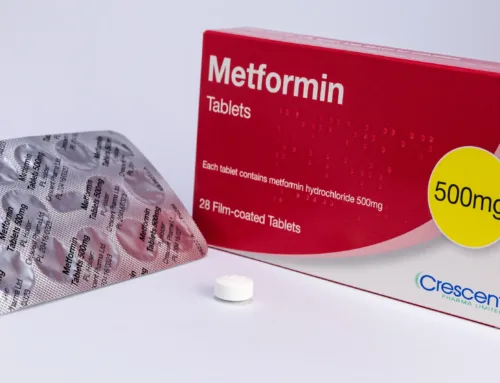New evidence for the role of diet and pelvic floor disorders
.
Pelvic floor disorders (PFDs) occur when the muscles and connective tissues of the pelvic floor are weakened or injured. This can lead to problems like urinary incontinence, faecal incontinence, and pelvic organ prolapse. Muscles naturally weaken with age and lack of physical fitness especially in women but can affect men as well especially after prostate problem. Other common risk factors include childhood, obesity, menopause and pelvic surgery:
In terms of self help strategies, there is a lot of emphasis on exercise but two recent research have explored the relationship between dietary habits and PFD symptoms.
The first study involved over 1000 Women from Finland found that those with disordered eating, including restrained eating or overeating, were found to have a higher likelihood of experiencing stress urinary incontinence and pelvic floor symptoms, in particular:
High-fat and sugary diets – this was mainly related to weight gain which puts pressure on the pelvic floor muscles – Tips to maintain a healthy weight
Low dietary fibre – this was mainly associated with a protection against constipation which, over time weakness pelvic floor muscle. It also causes diverticular disease which causes more inflammation in the pelvis which add to the urgency – Tips to reduce constipation
High intake of colourful fruit and vegetables – this helped bowel health but the phytochemicals within these foods were thought to have an independent effect via their ability to reduce inflammation – Tips to increase intake of phytochemical rich foods
Ultra-processed foods high in unhealthy fats and low in fibre, were strongly linked to an exacerbation PFD symptoms..read more
Caffeine and alcohol are commonly believed to irritate the bladder, but in this study no significant associations with urinary incontinence were observed.
The second study involved 212 with prostate cancer managed with surveillance. This landmark double blind randomised trial, presented at ASCO Urology 2025, evaluated the impact of two dietary supplements. The first contained 6 phytochemical rich foods concentrated in a nutritional capsule called YourPhyto. The second contained a blend of 5 lactobacillus probiotics combined with prebiotic fibres (inulin) and vitamin D called Yourgutplus
Men in this study had a significant slowing of their cancer (read more). More relevant to pelvic symptoms, rhe results confirmed the results of the Finish study that phytochemical rich foods can have a direct effect on improving pelvic symptoms. It also showed, for the first time, that a strategies to improve gut health can help improve pelvic symptoms. More specifically, men randomised to take Yourphyto and Yourgutplus had:
- A 25% improvement in urinary frequency, nocturia and urgency
- A 12% improvement in erectile function
- A 25% reduction in inflammatory markers in the blood
- A 30% improvement in overall strength
This trial highlights the importance increasing the intake of phytochemical rich foods and improving gut health. For those interested in boosting their intake further these supplement are now available over the counter
Exercise for Pelvic Floor Disorders

Kegel exercise techniques:
- Identify the pelvic floor muscles (think that you’re stopping your urine midstream)
- Contract the muscles and hold for 5–10 seconds.
- Relax for the same amount of time.
- Repeat 10–15 times, 3 times a day.
- Don’t engage your abdominal, thigh, or butt muscles—just the pelvic floor.
Bridge Pose:
- Lie on your back with knees bent and feet flat.
- Press feet into the floor, squeeze glutes and pelvic floor, and lift your hips.
- Hold for a few seconds, lower down.
- Repeat 10–15 times.
Deep Breathing with Pelvic Floor Engagement
- Sit or lie down comfortably.
- Inhale deeply through your nose.
- As you exhale, gently lift your pelvic floor muscles.
- Relax on the next inhale.
- Repeat for a few minutes.
Squats
- Stand with feet hip-width apart.
- Lower into a squat while tightening pelvic floor muscles.
- Rise back up and relax.
- Repeat 10 times, 2–3 sets.
Happy Baby Pose (for pelvic floor relaxation)
- Lie on your back, bend knees, and grab the outsides of your feet.
- Gently pull knees toward the armpits.
- Hold for 30–60 seconds, breathe deeply.
References:






Leave A Comment